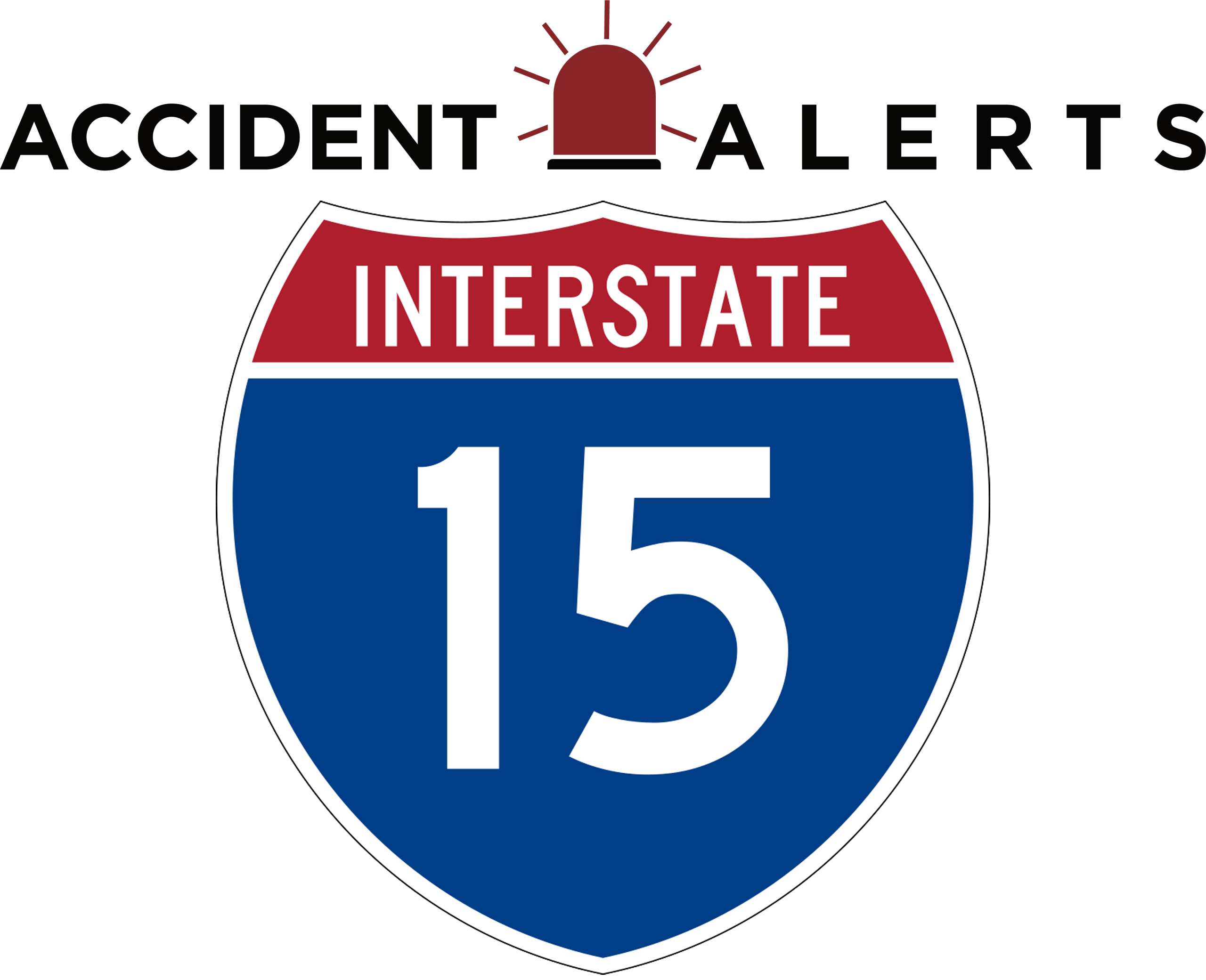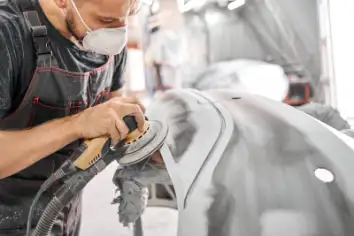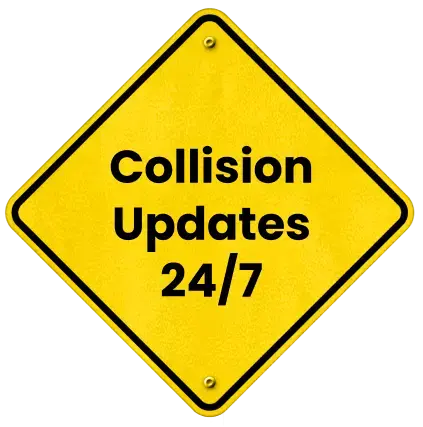
Latest Accidents
More IncidentsInterstate 15 Accident News and Resources
About Interstate 15 (I-15)
Interstate 15, often called the backbone of the western United States, stretches from the beaches of Southern California all the way to the Canadian border in Montana. Along the way, it connects some of the West’s busiest metropolitan areas, most scenic desert landscapes, and remote mountain towns. I-15 is a major corridor for both personal and commercial travel, linking popular destinations like Las Vegas, the ski resorts of Utah, and the farming communities of Idaho and Montana.
Known for its long, open stretches through deserts, its dramatic climbs through mountain passes, and its dense urban traffic near cities like San Diego and Salt Lake City, Interstate 15 presents a wide variety of driving conditions and challenges. In Southern California, daily commuter traffic often pushes the interstate to its limits. In rural areas, isolation, weather extremes, and high-speed travel can increase the risk of serious accidents.
Each day, tens of thousands of travelers rely on I-15 to reach their destinations. Some sections of the interstate, particularly near Las Vegas and Salt Lake City, see traffic volumes exceeding 100,000 vehicles daily. With so many vehicles moving at high speeds, accidents can happen in the blink of an eye, often without warning and sometimes with devastating consequences for the individuals and families involved.
When we set out on a road trip, a commute, or even a short drive, no one expects an accident to happen. Yet every day, crashes on Interstate 15 disrupt lives, cause injuries, and leave travelers searching for answers.
Common Types of Accidents on Interstate 15
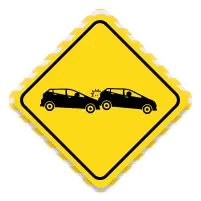
Rear-end Collisions:
Rear-end accidents are among the most common crashes on Interstate 15. Heavy congestion near major cities like San Diego, Las Vegas, and Salt Lake City often causes sudden slowdowns. Drivers following too closely or failing to react in time frequently cause these types of accidents, which can result in serious injuries even at lower speeds.
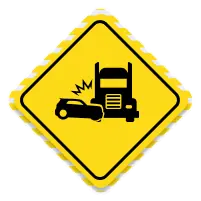
Multi-Vehicle Pileups:
Long stretches of I-15, especially in Nevada and Utah, can experience sudden dust storms, snow squalls, or heavy rain, leading to reduced visibility. In these conditions, chain-reaction crashes involving multiple vehicles can happen within seconds, often causing significant damage and injuries across dozens of cars and trucks.

Truck Accidents:
I-15 is a heavily traveled trucking route, particularly near freight hubs like Riverside and Salt Lake City. Large commercial vehicles can pose a danger to smaller passenger cars, especially in high-wind areas, on steep grades, and in construction zones. Truck accidents on I-15 can block lanes for hours and cause severe or fatal injuries.
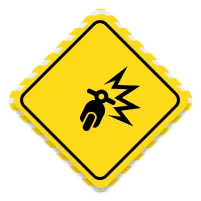
Single-Vehicle Crashes
Fatigue, distraction, speeding, and sudden weather changes contribute to a high number of single-vehicle accidents along I-15. Drivers can easily lose control on the remote desert stretches of Nevada and Arizona or on icy mountain roads in Idaho and Montana.

Rollover Accidents
With high speed limits in many areas and strong crosswinds in desert sections, rollovers are a common danger on I-15. SUVs, pickup trucks, and RVs are especially vulnerable to tipping over if drivers overcorrect or lose control.

Pedestrian and Bicycle Accidents
While less common, pedestrian and bicycle accidents can happen along urban stretches of I-15, particularly near Las Vegas and Salt Lake City interchanges, where pedestrian traffic may intersect with high-speed roadway entrances and exits.

Wrong-Way Driver Accidents
Wrong-way collisions are among the deadliest types of crashes on I-15. These accidents often occur late at night or during early morning hours and are frequently associated with impaired driving. Interstate on-ramps and off-ramps near major cities are common locations for wrong-way crashes.
States Interstate 15 Travels Through and Major Cities
Interstate 15 passes through six states from the Mexican border in California to the Canadian border in Montana, connecting a wide variety of major metropolitan areas, scenic destinations, and smaller communities.
Each of these regions has its own accident risks, law enforcement agencies, and reporting procedures.
California
The journey along Interstate 15 begins in San Diego, California. As it moves northward, I-15 serves as a major commuter and commercial route through Southern California’s bustling inland region. Drivers encounter dense traffic, multiple interchanges, and frequent construction zones, especially around Riverside and San Bernardino. The California stretch of I-15 is known for high traffic volumes and increased accident risks near major cities.
Key Cities Along I-15 Include: San Diego, Riverside, San Bernardino, Victorville, Barstow.
To obtain an accident report for a crash along I-15 in California, contact the California Highway Patrol (CHP). Reports are available online through the CHP Crash Portal or by visiting your nearest CHP office.
Nevada
After crossing into Nevada, I-15 travels straight into Las Vegas, one of the busiest sections of the interstate. Heavy tourist traffic, frequent lane changes, and high-speed driving contribute to a significant number of accidents along this stretch. Beyond Las Vegas, traffic thins as the highway heads northeast toward the Arizona border.
Key Cities Along I-15 in Nevada: Las Vegas, North Las Vegas, Mesquite.
For accidents along I-15 in Nevada, contact the Nevada Highway Patrol (NHP). Crash reports can be requested online via the Nevada Department of Public Safety website or through NHP district offices.
Arizona
I-15 only clips the northwestern corner of Arizona, known as the Arizona Strip, covering approximately 30 miles. This section is famous for the Virgin River Gorge, a stunning but challenging stretch of highway with sharp curves and dramatic scenery. Accidents here often result from speed, weather, and driver distraction.
Key Areas Along I-15 in Arizona: Littlefield, Beaver Dam.
If you are involved in an accident on I-15 in Arizona, reach out to the Arizona Department of Public Safety (DPS). Accident reports can be requested online through the Arizona DPS Public Records Portal.
Utah
Utah’s section of Interstate 15 is extensive, stretching from the southwestern corner through the state’s capital and beyond. Drivers pass through picturesque desert landscapes, mountainous areas, and bustling cities. I-15 serves as a critical north-south artery for Utah residents, and accidents frequently occur in the Salt Lake City metro area, especially during winter storms.
Key Cities Along I-15 in Utah: St. George, Cedar City, Provo, Salt Lake City, Ogden.
To obtain a crash report for an accident on I-15 in Utah, contact the Utah Highway Patrol (UHP). Reports can be ordered online through the Utah Department of Public Safety Crash Report Portal or requested in person.
Idaho
I-15 crosses southeastern Idaho, connecting important agricultural and commercial centers. While traffic is generally lighter than in neighboring states, drivers face hazards like black ice in winter and wildlife crossings in rural areas.
Key Cities Along I-15 in Idaho: Pocatello, Idaho Falls.
If an accident occurs on I-15 in Idaho, accident reports are handled by the Idaho State Police (ISP). Reports can be requested online via the Idaho State Police Crash Report Request System.
Montana
In Montana, I-15 travels through scenic mountain terrain and wide-open plains, eventually reaching the Canadian border. Due to the rural nature of this stretch, accidents often involve single vehicles, fatigue, and poor weather conditions. Snow and ice pose significant risks during the winter months.
Key Cities Along I-15 in Montana include Dillon, Butte, Helena (via I-15 access), Sweet Grass, and Great Falls.
For accidents along I-15 in Montana, contact the Montana Highway Patrol (MPH). Crash reports are available online through the Montana Department of Justice Motor Vehicle Division or through local MHP offices.
Common Accident Types on Interstate 15
Drivers traveling I-15 may encounter a wide range of accident risks depending on location, traffic volume, weather conditions, and road design.
Common causes of accidents on I-15 include:
Frequently Asked Questions About Interstate 15 Accidents
Traveling on Interstate 15 can take drivers through a wide range of driving conditions — from heavy city traffic to remote desert highways. Unfortunately, accidents are an everyday reality along this major route. On average, more than 100,000 vehicles travel some sections of I-15 each day, particularly near major cities like Las Vegas and San Diego. In rural areas, long distances between services can add additional risks for drivers.
If you or a loved one have been involved in a crash on I-15, you likely have many questions about what happens next. Here, we’ve compiled answers to some of the most common questions about accidents, police reports, insurance claims, and safe travel along Interstate 15. Whether you are seeking legal guidance, trying to locate a crash report, or simply preparing for a road trip, our goal is to provide the information you need to stay informed and protected.
Frequently Asked Questions
What should I do immediately after an accident on Interstate 15?
If you are involved in an accident on I-15, the first priority is your safety. Move your vehicle to the shoulder if possible and call 911 to report the accident. Exchange information with the other driver, including names, contact details, driver’s license numbers, insurance information, and vehicle registration. If there are injuries, remain calm and wait for emergency responders to arrive. Never leave the scene of an accident without reporting it to authorities.
How can I request a copy of my I-15 accident report?
You can request a copy of your accident report through the law enforcement agency that responded to your crash. In most cases, this will be the state highway patrol, local police department, or county sheriff’s office. Reports can usually be requested online, by mail, or in person. Some states also use third-party services like CrashDocs or BuyCrash.com to process report requests.
Who responds to accidents on I-15?
Response to accidents on Interstate 15 depends on where the crash occurs. In urban areas, city police departments often handle accident scenes. In rural areas and between cities, state highway patrol officers or county sheriffs typically respond. Emergency medical services (EMS) and fire departments may also be dispatched if there are injuries or hazardous conditions.
What are the most dangerous stretches of I-15?
Certain sections of Interstate 15 are known for higher accident rates. Busy urban areas like Riverside and San Bernardino in California, and the Las Vegas Strip corridor in Nevada, see frequent congestion and crashes. The Virgin River Gorge in Arizona is another challenging section due to sharp curves and steep grades. Winter driving conditions can also make rural stretches in Utah, Idaho, and Montana particularly hazardous.
How long does it take to get an accident report?
The time it takes to receive an accident report varies depending on the state and the law enforcement agency. Generally, it can take anywhere from 3 to 14 business days for a report to be processed and made available. Some agencies allow you to track the status of your report online, while others will notify you when it is ready for pickup or download.

Be extra alert:
This seems obvious, but try to be extra alert when driving on dangerous highways. Act as if you’re driving in poor road conditions (heavy rain or snow or poor visibility).

Plan ahead:
If you’re traveling long distances on a road trip or for work or pleasure, plan ahead. Consider when you’ll hit heavy-traffic areas and the weather conditions throughout your trip.

Rest:
If you feel drowsy, take a break and let someone else drive or pull off in a safe place for a quick nap. Here are some keen warning signs of drowsy driving: yawning or blinking frequently, watering eyes, difficulty recalling the past few miles that you’ve driven, missing exits, or drifting from your lane.

Obey traffic laws:
Always obey traffic laws. Not only will this prevent you from receiving a ticket, but you’re less likely to get into a fatal car accident if you obey the speed limit and other traffic regulations.
